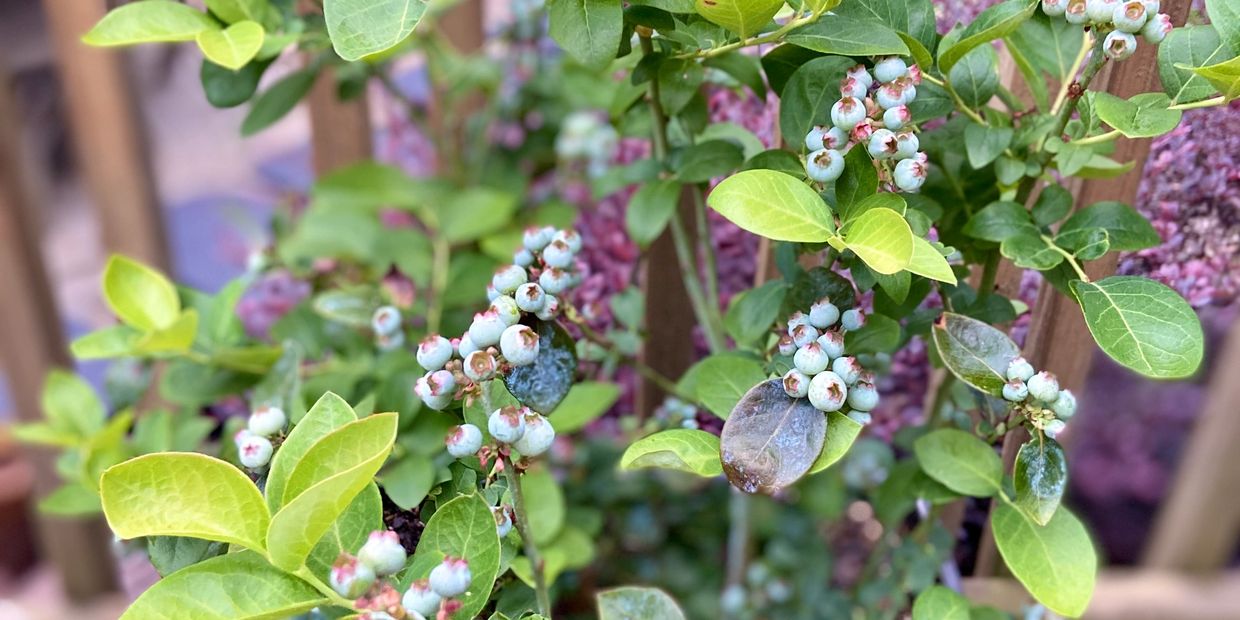Signed in as:
filler@godaddy.com
Signed in as:
filler@godaddy.com

Lowbush blueberries, with the botanical name Vaccinium angustifolium, are the wild blueberries native to North America. They're known for their small size, intense flavor, and incredible antioxidant content.
Here's a closer look at this fascinating species:
If you live in a cold climate and have acidic soil, lowbush blueberries are a fantastic option for your garden! They require minimal care and provide a delicious and nutritious harvest.
The Brunswick blueberry is a Lowbush variety (Vaccinium angustifolium). This is important because Lowbush blueberries have different pollination needs than Highbush or Rabbiteye types.
Here's what you need to know about pollinating Brunswick blueberries:
Key Considerations:
Important Note: You do not want to plant Highbush or Rabbiteye blueberries as pollinators for Brunswick. They are different species and will not effectively cross-pollinate.
If you are planting Brunswick in a more cultivated setting (like a garden), it's a good idea to plant at least a couple of different Lowbush varieties to ensure good cross-pollination and a bountiful harvest.
Coming Soon
Copyright © 2023 Growing Out The Box - All Rights Reserved.

GROWING OUT THE BOX IS YOUR TRUSTED GARDENING PARTNER 🌱